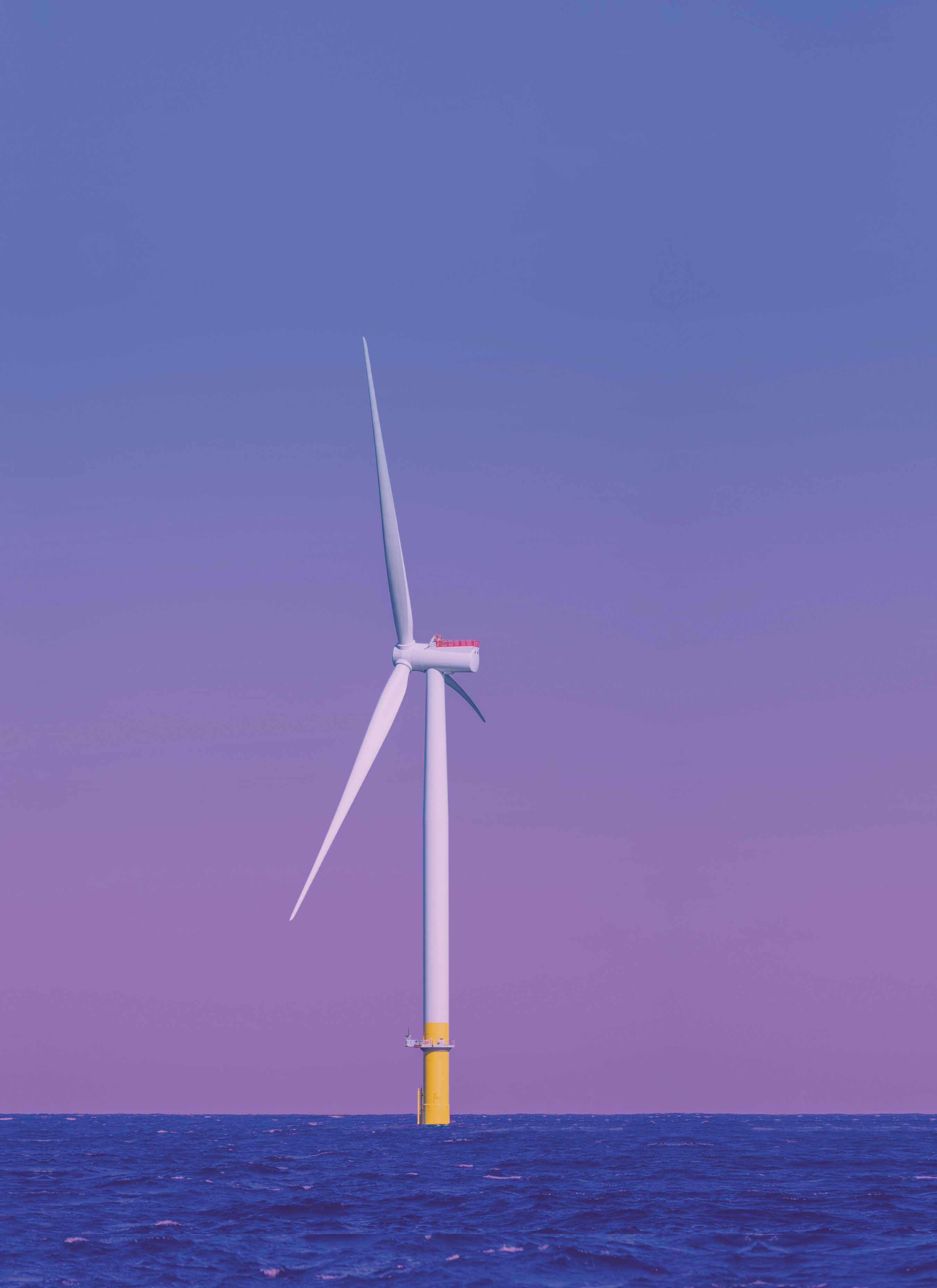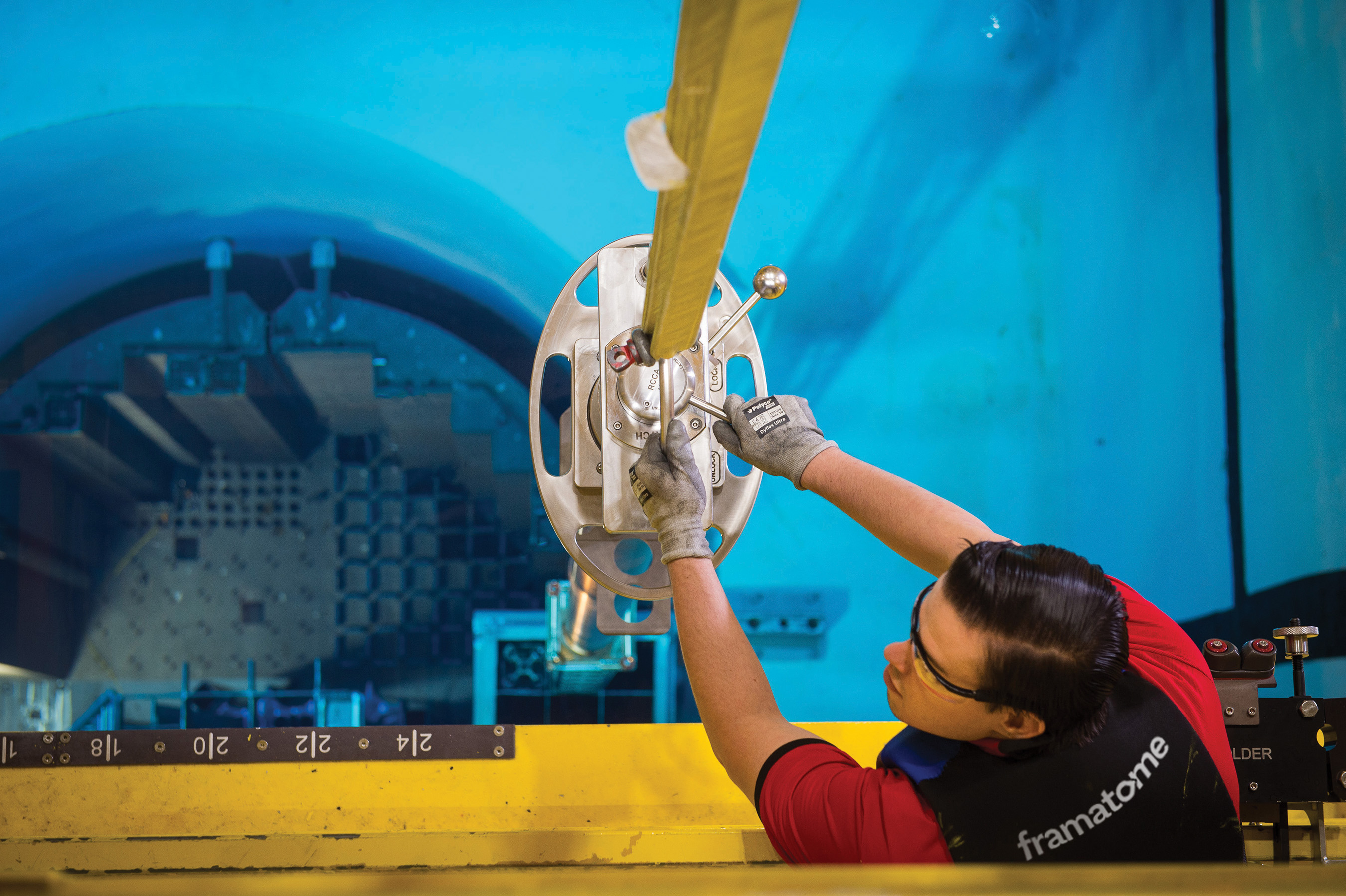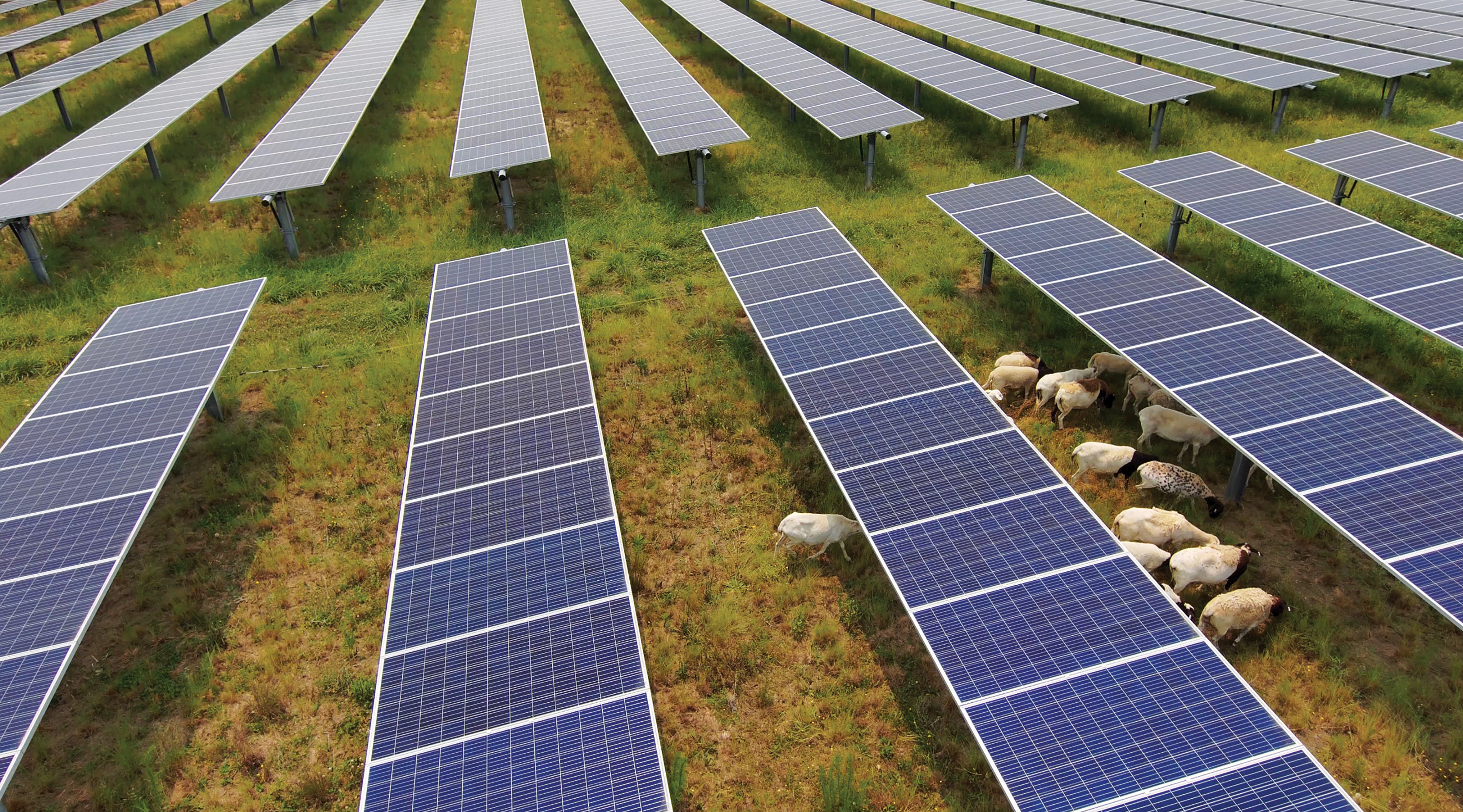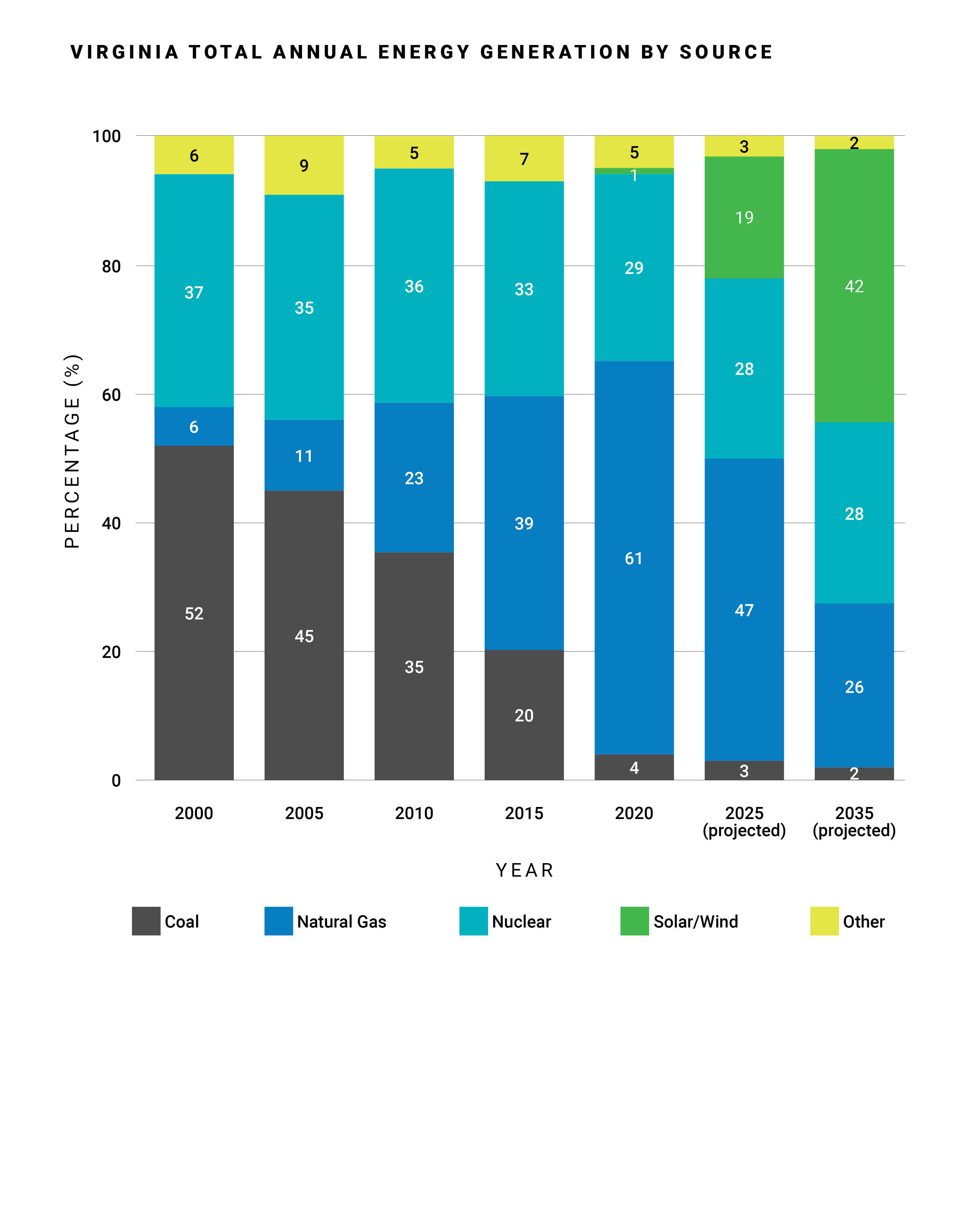
Coastal Virginia Offshore Wind Project, Hampton Roads
After passage of the Virginia Clean Economy Act (VCEA) three years ago got the ball rolling toward a cleaner, more productive energy future, the Commonwealth of Virginia’s 2022 Energy Plan has the Commonwealth poised to meet significant needs in the future.
“Virginia is in a good position to take advantage of clean energy,” said Will Clear, managing partner of Bristol-based Virginia Energy Strategies and former chief deputy director of the Virginia Department of Energy (VDOE). He said the state’s excellent wind and solar resources would “create opportunities that will benefit all of Virginia.”
The trick will be to maintain proper balance on the path to a decarbonized energy system, Clear said. Every energy system sits on a three-legged stool: reliability, affordability, and environmental stewardship. Collectively leveraging all three will be the crucial challenge as the Commonwealth seeks to meet the VCEA’s stated goal of 100% renewable energy for electricity generation by 2050. New nuclear power generation may be placed into service after 2030 and continue to operate after 2050 as a carbon-free energy source.
Jonathan Miles, a professor at James Madison University (JMU) and executive director of the university’s Center for the Advancement of Sustainable Energy, said the Commonwealth has been on a gradual trajectory of expanding renewable energy for the last two decades. Now, he says, three long-term developments have coalesced to drive Virginia’s clean energy generation forward:
- Investment in new energy infrastructure over many years by the state’s main electric utilities, Richmond-based Dominion Energy, Inc. and Appalachian Power, a part of American Electric Power Company Inc.
- Development of technology that brought the cost of renewable energy down sharply
- Continued development and investment in a tech-savvy workforce with the skills needed to build and maintain cutting-edge energy infrastructure
Both Clear and Miles believe the Commonwealth will be faced with policy adjustments on the path to 2050 as technologies evolve. Both agree with April Wade, executive director of the Virginia Nuclear Energy Consortium (VNEC), that nuclear power is likely to play an important role in providing Virginians with carbon-free electricity. The VNEC was created by the legislature to advance the nuclear industry by bringing together state energy officials, institutions of higher education, nuclear energy-related companies, and other organizations to advance the nuclear industry.
Nuclear generating stations can provide all-important baseload power that complements intermittent sources such as wind and solar energy. The Federal Energy Regulatory Commission defines baseload as “the minimum continuous load or demand in a power system over a given period of time.” Loads on such systems change throughout the day and from season to season. Daily swings in demand are usually met by peaking plants, which are plants that turn on quickly during times of rising demand — for example, on summer afternoons when air conditioners may be running at full blast to beat the heat.
Not surprisingly, solar energy production varies with daylight and generally peaks during midday, just about the time it is needed to supply those electricity-hungry air conditioners during summer. When night falls, solar generation disappears. And while the wind can howl at night, it can also stand still. This is why baseload power is so important to maintaining the electricity grids’ reliability.
Energy storage systems — essentially large batteries for electricity from wind, solar, and other sources — are mandated to grow substantially in Virginia. But the ability to build enough affordable storage to supply electricity when the sun doesn’t shine and the wind doesn’t blow remains a question mark for the 2050 target date when utilities must complete the shift to renewables, with an allowance for nuclear power.
That brings us back to nuclear energy, which provided about 30% of Virginia’s electricity in 2021, according to the latest figures from the U.S. Energy Information Administration (EIA). “We have a well-rounded nuclear industry,” Wade said. Virginia is home to a diverse nuclear energy with commercial electrical generation, advanced manufacturing and service capabilities, defense (including BWX Technologies in Lynchburg, the sole manufacturer of naval nuclear reactors for U.S. submarines and aircraft carriers), and research and development. This has resulted in a nuclear-trained workforce of 100,000, many of whom work for commercial entities and civilian contractors.







